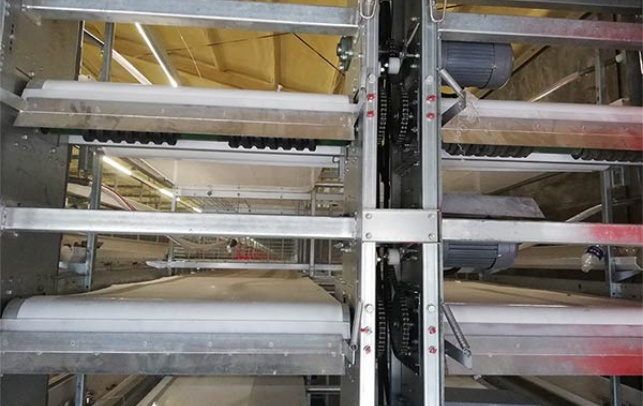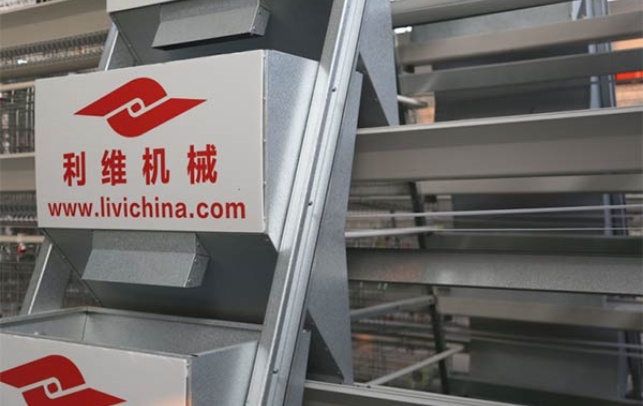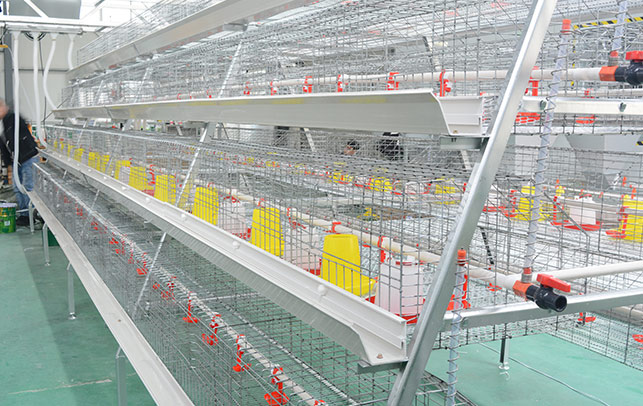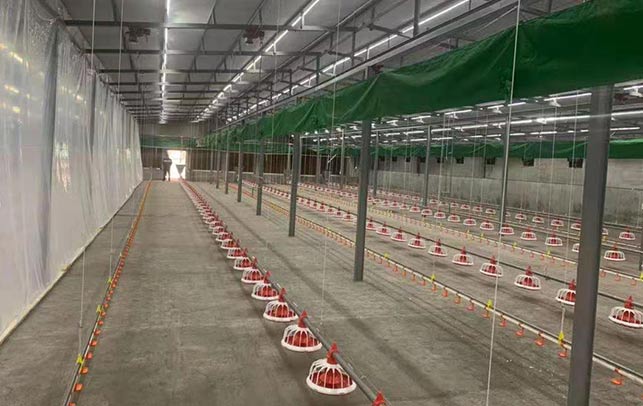How to Reduce the Mortality Rate in Uganda Chicken Farms: A Guide for Livestock Equipment Manufacturers
Time : 2025-07-24
As a leading poultry equipment manufacturer from China, Livi Machinery understands the critical importance of maintaining high health standards in chicken farms, especially in regions like Uganda where the mortality rate can be a significant concern. Reducing the mortality rate not only improves the farm’s profitability but also ensures the sustainability of the poultry industry. In this article, we’ll delve into practical strategies and the role of high-quality poultry equipment in reducing mortality rates in Uganda’s chicken farms.
Understanding the Challenges
Uganda’s chicken farming industry faces several challenges that contribute to high mortality rates. These include disease outbreaks, poor management practices, inadequate nutrition, and harsh environmental conditions. To tackle these issues, it’s essential to implement a comprehensive approach that addresses each aspect of poultry farming.
Disease Prevention and Control
Disease is one of the leading causes of mortality in chicken farms. Here are some strategies to prevent and control diseases:
- Sanitation and Biosecurity: Regular cleaning and disinfection of the farm, equipment, and housing are crucial. Implementing biosecurity measures, such as controlling access to the farm and using footbaths, can minimize the risk of disease transmission.
- Quality Feed and Water: Providing high-quality feed and clean water is essential for maintaining the health of the flock. Ensuring that the feed is free from contaminants and that the water is free from pathogens is vital.
- Regular Health Checks: Conducting regular health checks and vaccinations can help prevent disease outbreaks. Early detection and treatment of sick birds can significantly reduce mortality rates.
Improving Management Practices
Effective management practices are key to reducing mortality rates:
- Optimal Stocking Density: Overcrowding can lead to increased stress and disease transmission. Ensuring that the stocking density is appropriate for the farm’s facilities can help maintain bird health.
- Climate Control: Maintaining an optimal temperature and humidity level in the housing can prevent heat stress and respiratory diseases. High-quality ventilation systems are essential for creating a comfortable environment for the birds.
- Professional Training: Training farm workers on proper handling techniques, disease recognition, and biosecurity practices can improve overall farm management.
The Role of Poultry Equipment in Reducing Mortality
High-quality poultry equipment plays a crucial role in reducing mortality rates by providing an environment that supports the health and well-being of the birds. Here are some key pieces of equipment that can make a difference:
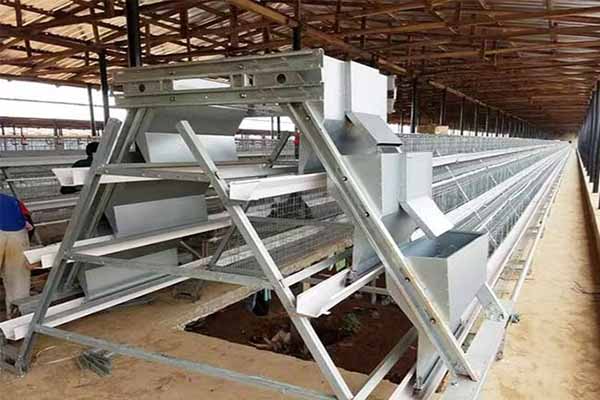
Feeding Systems
Automated feeding systems ensure that birds receive the right amount of feed at the right time. This not only prevents overeating but also reduces the risk of feed-related diseases.
- Automated Feeders: These feeders can be programmed to dispense feed at specific intervals, ensuring consistent nutrition.
- Watering Systems: Providing clean, fresh water is essential. Automated watering systems can prevent contamination and ensure that all birds have access to water.
Environmental Control Systems
Controlling the environment is crucial for maintaining bird health:
- Heating Systems: In colder climates, heating systems can help maintain an optimal temperature for the birds, reducing the risk of respiratory diseases.
- Ventilation Systems: Proper ventilation is essential for maintaining air quality and reducing the risk of ammonia buildup, which can be harmful to birds.
- Thermometers and Hygrometers: These tools help monitor the temperature and humidity levels in the housing, ensuring they are within the optimal range.
- Weight Scales: Regular weighing of the birds can help identify any health issues early on.
<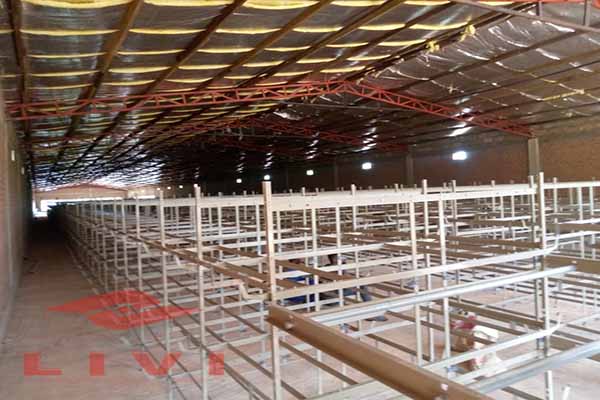 /ul>
/ul>
Health Monitoring Equipment
Monitoring the health of the flock is vital for early detection of diseases:
Conclusion
Reducing the mortality rate in Uganda’s chicken farms requires a multi-faceted approach that includes disease prevention, effective management practices, and the use of high-quality poultry equipment. By implementing these strategies, poultry farmers can not only improve their bottom line but also contribute to the sustainability of the poultry industry  in Uganda.
in Uganda.
At Livi Machinery, we are committed to providing innovative and reliable poultry equipment that helps farmers achieve their goals. Contact us today to learn more about how our products can help reduce mortality rates in your chicken farm.






